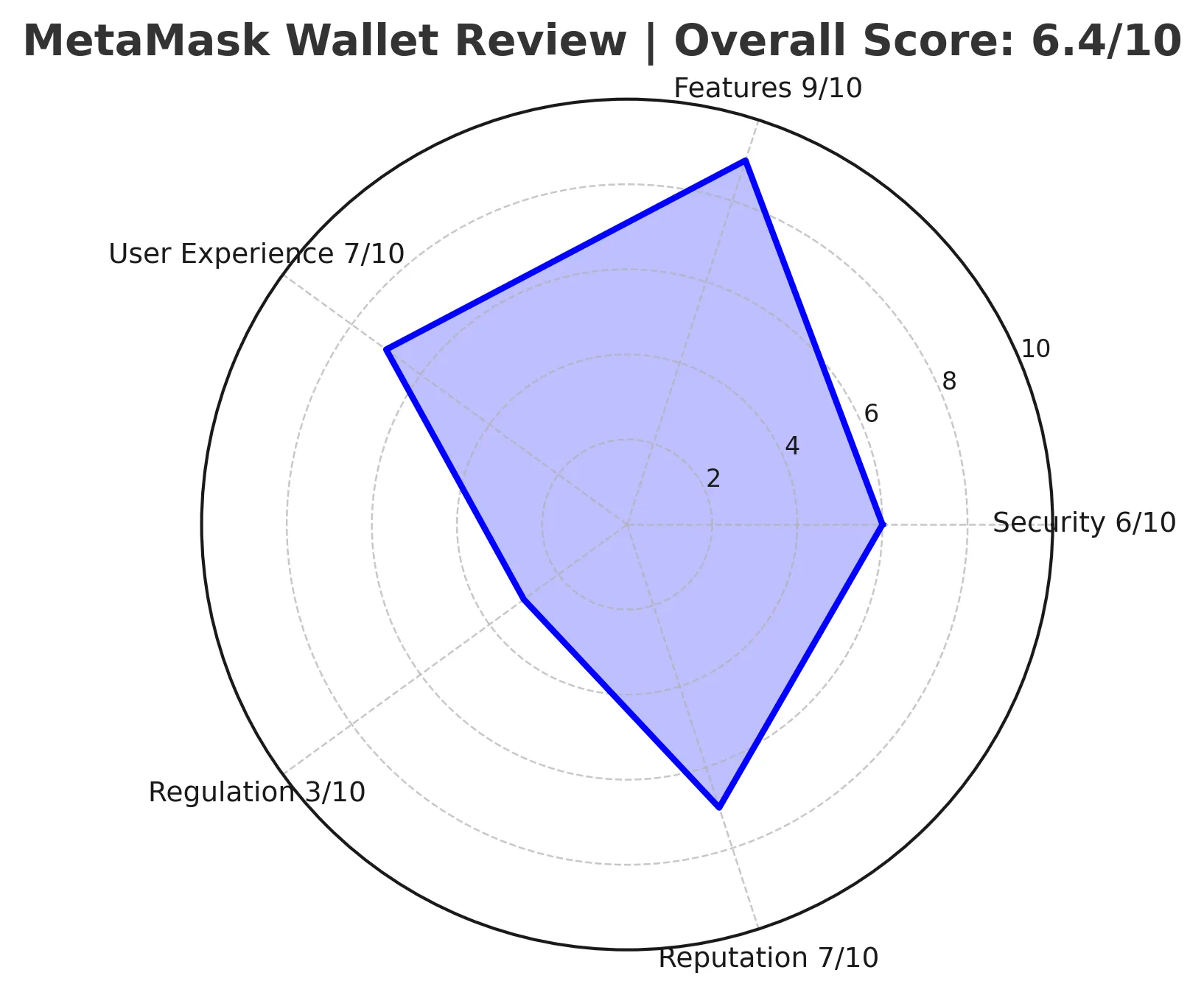 BrokerHiveX
BrokerHiveX BrokerHiveX
BrokerHiveX BrokerHiveX
BrokerHiveXSummary:Is MetaMask safe? This article provides an in-depth analysis of MetaMask, the world's most popular Web3 wallet, including its security, features, regulatory compliance, user feedback, and risk warnings. It answers questions like "Will MetaMask go bankrupt?" and "Is it safe or a scam?" to help you decide whether it's worth using long-term.
MetaMask was launched by Consensys in 2016 and is headquartered in the United States.
Positioning : Wallet for Ethereum and EVM compatible chains
Number of users : More than 100 million active users by 2023
Ecological status : Most DeFi, NFT, and GameFi projects use it as the default entry point
Core questions:
How to ensure private keys and security?
Is it truly “decentralized”?
Are there compliance risks?
Multi-chain compatibility : supports Ethereum, BNB Chain, Polygon, Arbitrum, Optimism, etc.
DApp access : Almost all DeFi and NFT platforms support it by default
Cross-chain and token swap : built-in exchange function, but the fee is higher (0.875% service fee)
Mobile + browser plug-in : Chrome/Firefox plug-in for desktop, iOS/Android APP for mobile
User Experience:
Simple interface, easy for beginners to use
However, the Gas setting is complicated and new users are prone to making mistakes.
Frequent pop-up authorization requests increase the risk of missed clicks
| Regulation/Compliance | Condition |
|---|---|
| Regulatory filings | No financial regulatory license (non-custodial wallet) |
| Owning entity | Consensys Software Inc. |
| Compliance risks | As a "non-custodial wallet", it does not bear financial regulatory responsibilities and the risks are borne by the users themselves. |
Safety features:
Private keys are stored locally and users have full control
Common attack scenarios :
Phishing websites/fake plug-ins
Malicious authorization of DApp (unrestricted transfer permissions)
User backup mnemonics leaked
Decrypt : Calling MetaMask a "passport to Web3," but reminding newcomers to be cautious when using third-party DApps
TechCrunch : Points out that its fee transparency is poor and the Swap function fees are too high
front :
“The most compatible wallet in the world, bar none”
“Almost all DeFi can be seamlessly connected”
Negative :
The mnemonic phrase is lost and cannot be retrieved
There have been multiple cases of user assets being stolen (mostly due to phishing links or malicious authorization)
Lack of customer service, difficult to get help when encountering problems
Phishing risk is extremely high : MetaMask has a large number of users, and attackers often use fake websites or emails to commit fraud
Regulatory vacuum : no financial supervision, no accountability when problems arise
Risk of mnemonics : Once leaked, assets are stolen and cannot be recovered
MetaMask is the most widely used wallet in the world, and its ecological compatibility is irreplaceable.
But it is not "absolutely safe" - users must be fully responsible for the management of private keys and mnemonics , otherwise it is very easy to lose assets.
Suitable for: Experienced users who are familiar with Web3 and DeFi
Not suitable for: Complete novices, people who lack safety awareness
Security: 6/10 — Local private key storage, but frequent phishing incidents
Functionality: 9/10 — Best compatibility with the Web3 ecosystem
User Experience: 7/10 — Easy to use, but complicated fees and authorization mechanisms
Compliance: 3/10 — No regulatory filings, trade at your own risk
User reputation: 7/10 — Highly recognized, but frequent security incidents
Official website: https://metamask.io
Help Center: https://support.metamask.io
Community: Twitter, Reddit, Discord
MetaMask is the "standard wallet" for entering Web3, but the security responsibility lies entirely with the user, and extreme vigilance must be maintained.

BrokerHivex is a financial media platform that displays information sourced from the public internet or uploaded by users. BrokerHivex does not endorse any trading platform or instrument. We are not responsible for any trading disputes or losses arising from the use of this information. Please note that the information displayed on the platform may be delayed, and users should independently verify its accuracy.